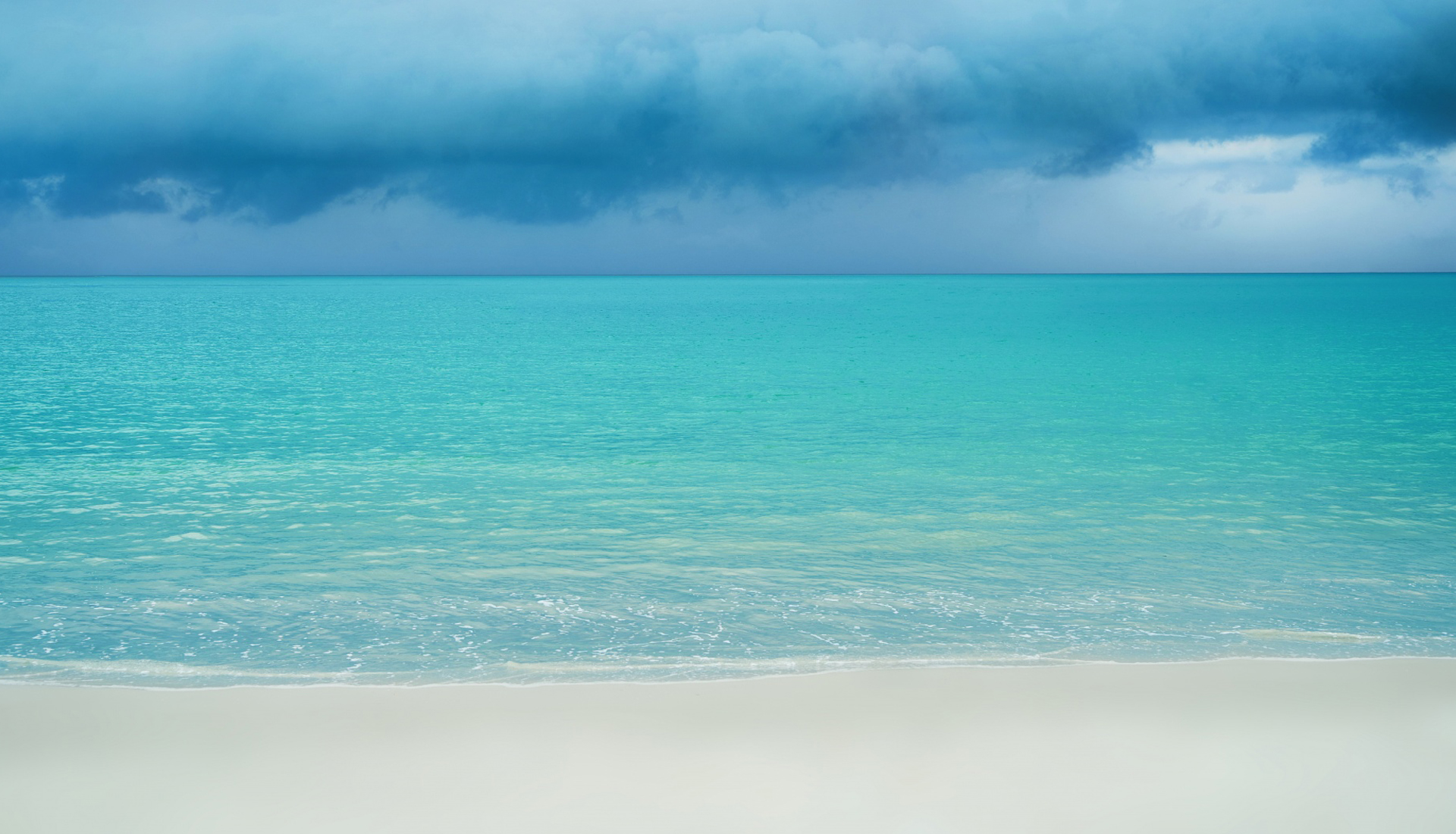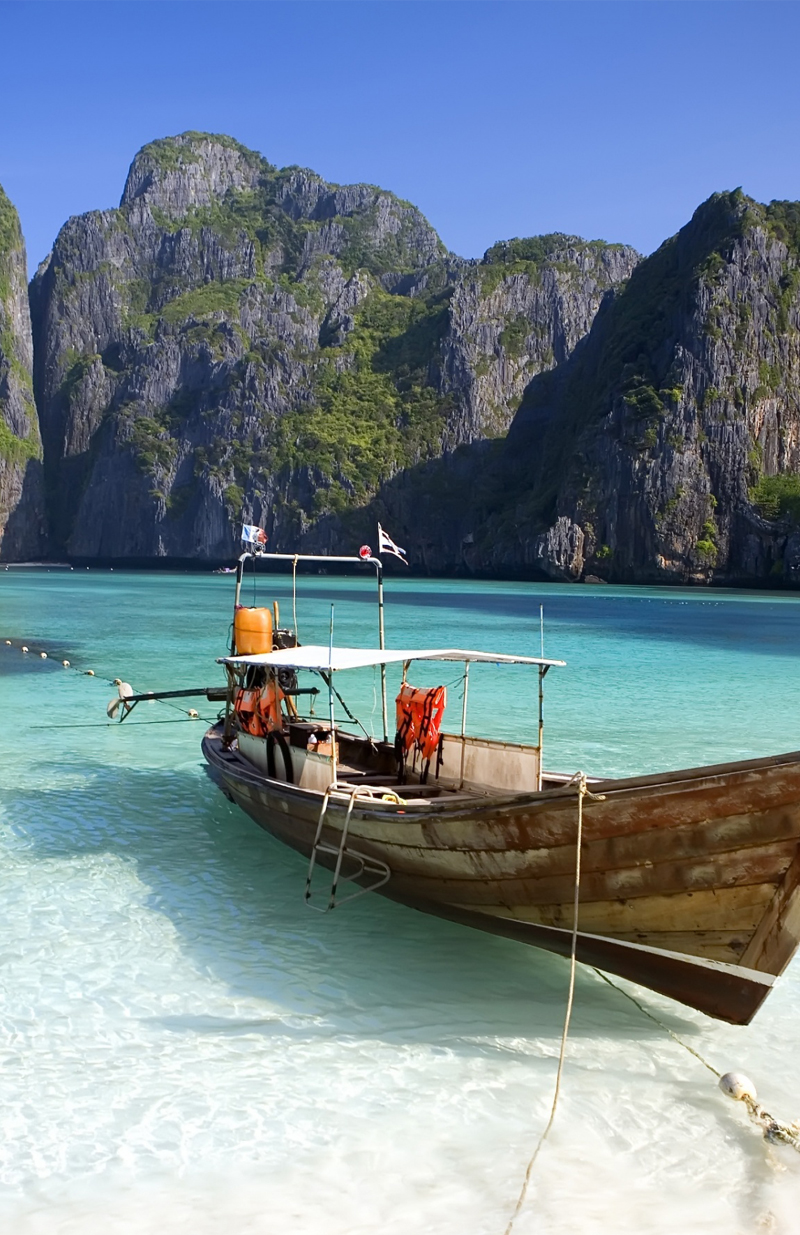History
Thailand, formerly known as Siam, has a long and fascinating history that dates back to the 6th century. Thailand is one of the few Southeast Asian nations that was never colonized by a European power, maintaining its independence throughout its history. The Kingdom of Ayutthaya, established in the 14th century, became a major trading hub in Southeast Asia. In the 18th century, the Chakri Dynasty established Bangkok as the capital, and the modern Kingdom of Thailand was founded. The 19th and 20th centuries saw modernization efforts, such as the abolition of slavery and the establishment of new infrastructure. The country underwent major political changes in the 20th century, transitioning from a constitutional monarchy to a military government and then to a democratic state. Despite periods of political unrest, Thailand has maintained its identity as a vibrant, culturally rich nation.
Thailand’s history is marked by its ancient kingdoms, notably Ayutthaya, and its ability to maintain independence while navigating the challenges of European colonialism. The Chakri Dynasty and the modernization efforts in the 19th and 20th centuries have played pivotal roles in shaping modern Thailand as we know it today.
The country saw political changes in the 20th century, transitioning through periods of democracy, military rule, and modernization. Despite its challenges, Thailand has embraced its cultural heritage while developing a unique position in Southeast Asia with its mix of old and new influences.
Best-Selling Thailand Tour
Thailand Island Hopping
£1354.93 £989Good to Know
Country
Visa Requirements
Language Spoken
Currency Used
Area (km2)
Geography
Thailand is located in Southeast Asia, bordered by Myanmar (Burma) to the northwest, Laos to the northeast, Cambodia to the southeast, and Malaysia to the south. To the west, Thailand has access to the Andaman Sea, while to the east it borders the Gulf of Thailand. The nation has diverse topography, from mountainous regions in the north to flat plains in the central region and tropical beaches in the south. Thailand is known for its rich natural landscapes, with tropical islands such as Phuket, Koh Samui, and Koh Phi Phi contributing to its allure as a global travel destination.
Thailand’s geography is defined by its varied landscapes. Northern Thailand is mountainous with areas like Chiang Mai and Chiang Rai offering scenic beauty. The central plains are fertile and support agriculture, while the southern region offers pristine beaches and islands ideal for tourism. The nation’s climate is tropical, characterized by warm temperatures and seasonal monsoons.
Thailand’s unique geography, combined with its biodiversity, makes it an ideal destination for adventurers, nature lovers, and beachgoers alike. Mountains, jungles, islands, and urban life coexist in this Southeast Asian wonderland.
Culture
Thailand boasts a rich and diverse cultural heritage that combines its ancient traditions, religious practices, and influences from its neighboring countries. Thai culture is heavily influenced by Buddhism, which is reflected in its stunning temples, traditional ceremonies, and daily customs. Traditional Thai dance, music, and art, such as the Khon dance and traditional Thai silk weaving, are celebrated aspects of the nation’s culture. Thai cuisine, with its famous dishes like Pad Thai, Tom Yum soup, and green curry, is a globally celebrated and iconic part of its cultural identity. Festivals such as Songkran (Thai New Year) and Loy Krathong (Festival of Lights) showcase the colorful and community-centered traditions of the Thai people.
Modern Thailand preserves its traditional arts while embracing modern influences, making it a blend of the ancient and contemporary. The nation is proud of its strong sense of identity, arts, religious traditions, and global influence through cuisine, tourism, and traditional festivals.
Why You Should Visit
Thailand is an extraordinary destination that offers something for every kind of traveler. With its bustling urban cities like Bangkok, stunning historic temples like Wat Phra Kaew, tropical islands like Phuket and Koh Samui, and rich natural landscapes, Thailand combines modern living with cultural tradition. The delicious Thai cuisine, vibrant markets, and beautiful beaches make it one of Southeast Asia’s top destinations. From the ancient history of Ayutthaya to its modern-day cosmopolitan lifestyle, Thailand offers unforgettable experiences, hospitality, and unforgettable beauty.



